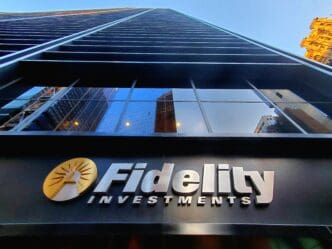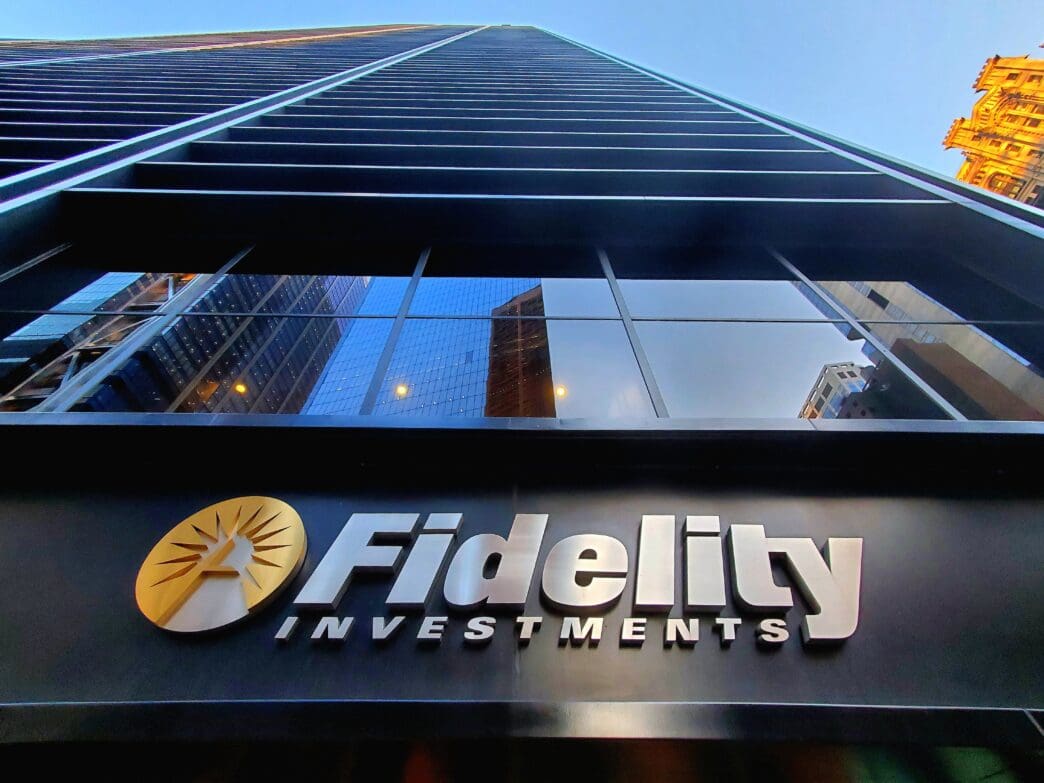Executive Summary
The Story So Far
Why This Matters
Who Thinks What?
Fidelity has expanded its cryptocurrency offerings by adding Solana (SOL) to its platform, enabling both institutional and retail investors across the United States to trade the digital asset. This move, announced on October 24, 2025, integrates Solana into various Fidelity services, including Fidelity Crypto, Fidelity Crypto for IRAs, Fidelity Crypto for Wealth Managers, and Fidelity Digital Assets, underscoring the increasing mainstream acceptance of digital assets within traditional finance.
Solana’s Market Prominence and Technical Advantages
Solana has emerged as a significant player in the digital asset space, distinguished by its high transaction throughput and low fees. The blockchain is capable of processing approximately 60,000 transactions per minute, a notable contrast to Bitcoin’s 250 and Ethereum’s 800 transactions per minute. Fidelity specifically highlighted Solana’s transaction fees, which are often mere fractions of a cent.
Nick Ducoff, head of institutional growth at the Solana Foundation, confirmed the rollout, sharing screenshots that showed Solana listed as a tradable asset on Fidelity’s platform. These features, including fast transaction speeds and cost-effectiveness, have contributed to Solana becoming a popular choice for various blockchain-based projects, payments, and trading.
Network Reliability Challenges
Despite its growing popularity and technical strengths, Solana has encountered significant challenges concerning network reliability. The blockchain has experienced several major outages, sparking concerns about its stability. A notable disruption occurred in February 2024, when the network went offline for five hours, marking its first major outage in over a year.
Furthermore, in March 2025, Solana faced congestion issues that rendered the network nearly unusable for several hours, following a surge in memecoin activity. These incidents have raised questions regarding the blockchain’s long-term scalability and ability to maintain uptime during periods of high demand.
Broadening Institutional Adoption
Fidelity’s decision to list Solana further solidifies the blockchain’s increasing institutional footprint. This development follows the recent approval of the 21Shares Solana Spot ETF in the United States, which grants investors direct exposure to Solana’s spot price. This ETF marks Solana as the third cryptocurrency, after Bitcoin and Ethereum, to receive such approval from the SEC.
The institutional adoption of Solana has also expanded internationally, with Hong Kong approving its first Solana spot ETF. These approvals, alongside Fidelity’s integration, signal a growing interest and confidence in Solana’s potential within the broader financial ecosystem.
Key Takeaways
Fidelity’s addition of Solana to its trading platforms signifies a major step in the integration of cryptocurrencies into mainstream financial services. While Solana offers compelling advantages in speed and cost, it continues to navigate challenges related to network stability. Nevertheless, its growing institutional support, evidenced by new ETF approvals and major platform listings, highlights its increasing acceptance in traditional finance.







